Mar 2, 2017
Seasonal and Local Foods in Japan
旬 Shun, or season, is used to refer to foods being best in their season.
I love seasonal and local foods in Japan!
If you're lucky enough to live in a part of Japan famous for one of your favorite foods, you can enjoy it in everything from cheap dagashi to high end ryokan dishes. I want to focus on the seasonal flavors we can find in snacks or sweets like senbei or ice cream. If it says Seasonal Limited Edition (季節限定) on it, sounds good to me.
Maybe a nice way to look at this is by season? Let's start with spring, as it's right around the corner!
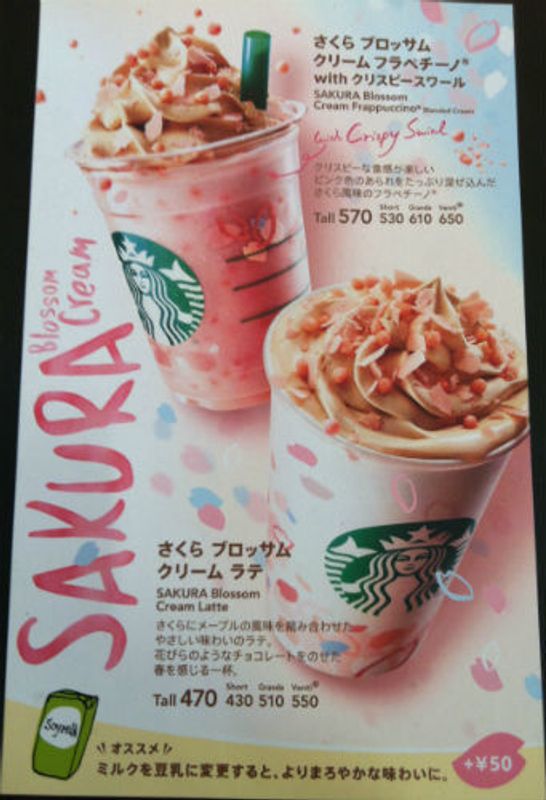
(Has anyone tried one of these? Tempting, but they're SO expensive, right?!)
First off, I think of sakura when I think of spring flavors. The cherry blossom is the symbol of things which only last a while, the sort of bittersweet, short spring season, when everything is ending and beginning again. It makes perfect sense to flavor limited edition foods with sakura flavor.
Sakura is different from cherry flavor, although it is often confused as it's a cherry blossom. The delicate flavor is used to flavor everything from ice cream to rice balls in spring, and the blossoms are even pickled to place on top of high end custards and other desserts, just to look pretty. Prepared cherry leaves are also used to wrap some sweets, or sold as a powder, although I've heard the taste isn't that great.
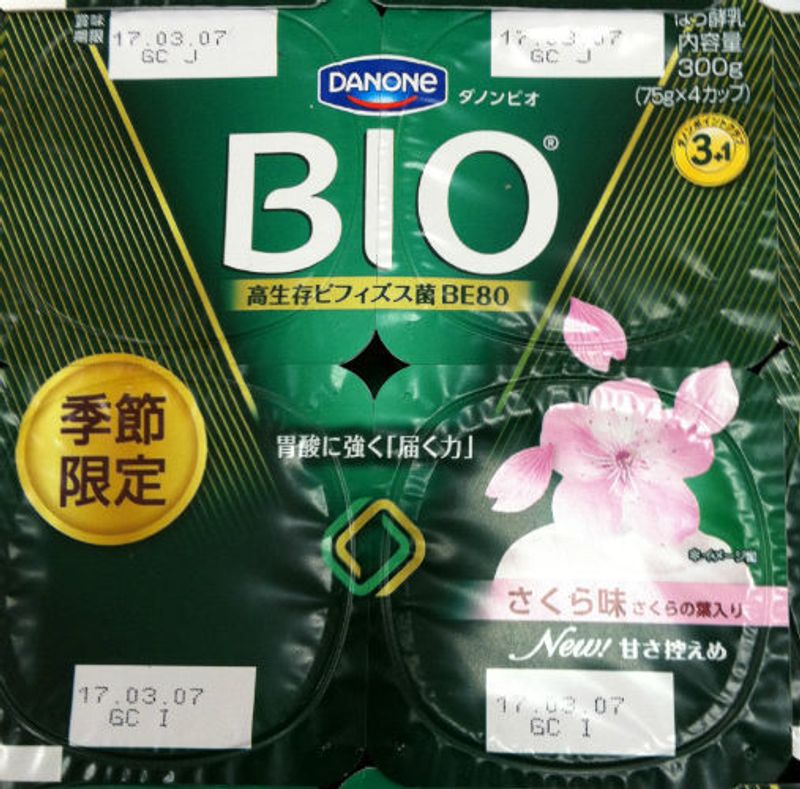
Another popular spring flavor is strawberry, especially here in Fukuoka prefecture (where we have amaou strawberries) and in Tochigi prefecture. Starting in winter, strawberry is one of my favorite flavors for can chu-hi and crunchy snacks – I've tried strawberry Cheetos, Pocky, and Tohato corn snacks. The strawberry is the perfect red winter fruit for decorating both Christmas cakes and Valentine treats, but is grown in 'vinyl houses' for that purpose and naturally ripens around late spring in June. For that reason, we can enjoy strawberries for a longer period, although they start to get cheaper as it gets warmer out.
Ume fruits are collected in spring before they ripen. They aren't eaten as fruits because they are toxic in their unripened state, but instead are used to make into umeboshi, umezu, and umeshu, usually enjoyed after some time during the summer. I've been enjoying umeboshi flavored senbei when I can find them, so ume is not limited to use for sweet or sour foods. Umeboshi is a little more popular during spring, probably because of it's pinkish color (which is actually from using red shiso in the pickling process).
What a lot of people might not know is that in late spring or early summer, green tea is in season. The most popular regions for green tea are Kansai area Uji, near Kyoto, and Yame in Fukuoka prefecture. I'm excited to try tea picking this year, but also looking forward to eating lots of Yame-cha flavored foods. Green tea ice cream or soft serve is probably my favorite flavor, and I usually stick with the Super Cup brand. I've tried a Yame-cha Monako ice cream and the flavor was amazing. The locally made Yame-cha Shirokuma (ice cream bar, see photo below) wasn't nearly as nice.
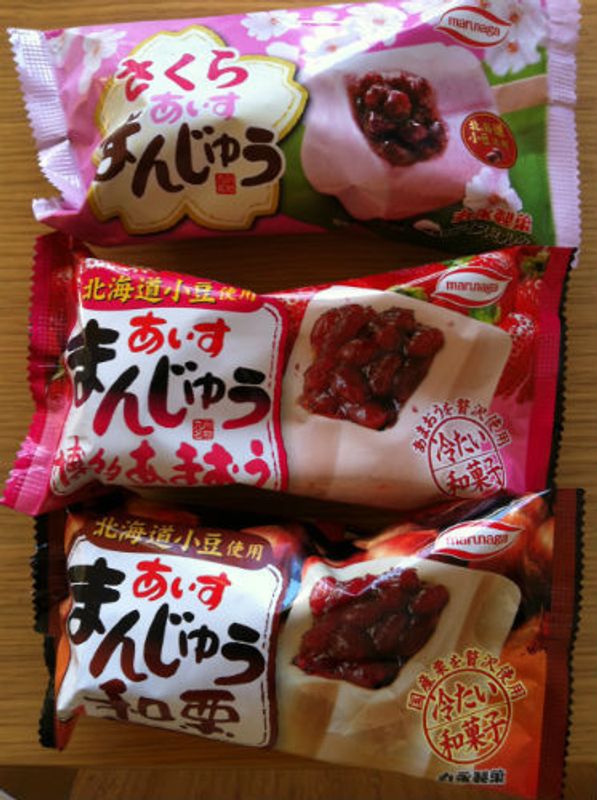
(sakura, Fukuoka amaou strawberry, and chestnut flavors)
In summer there are more fruits readily in season so of course we can find peach, watermelon, grape, mango, and Japanese pear flavors. As it's kakigori and ice cream season, a lot of the seasonal foods are used to flavor our frozen treats. Miyazaki prefecture is famous for their mangoes and I'm looking forward to visit there and try them when I get a chance. Check out the limited edition concentrated Calpis flavors available in addition to local kakigori and ice cream shops that use seasonal flavors.
Peanuts are harvested in late summer or fall, so if you live in or near Chiba prefecture, you can enjoy their local food, boiled peanuts, as well as lots of flavored coated peanut snacks. These are so nice with a drink.
Fall is my favorite season, and the food available during fall is one of the reasons.
First off I think of kuri (chestnuts)! Fun to collect if we can find them and cook ourselves, these are everywhere in fall and on desserts like Mont Blanc (see photo below) all year in candied form. Last fall we often got the Super Cup 'Maron' seasonal flavor, and I was so sad when they stopped selling it.
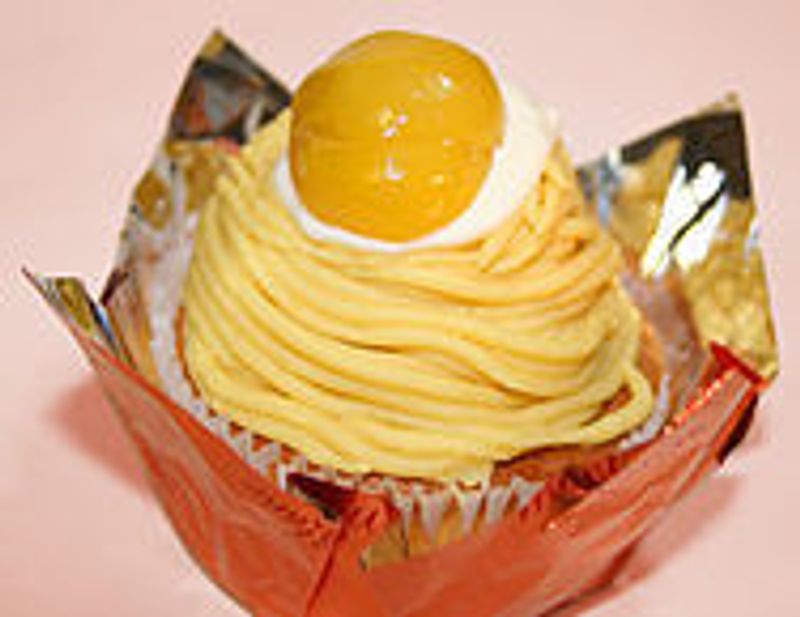
A super popular fall food, sometimes available all year, is yaki-imo. Kyushu is known for purple sweet potatoes, and I used to love them as a kid, but unfortunately have an allergy to any sweet potatoes now. The sweet potato flavors lots of sweets as it's naturally sweet, but is also used often for savory and salty snacks, like sweet potato chips/crisps.
Another sweet fall vegetable is kabocha, or Japanese pumpkins. There are tons of ways to cook pumpkin and use all of the vegetable, including it's seeds and skin, and it's quite popular. Kabocha chips are so nice but this one is also often used for sweets like tarts or ice creams. Mmmm.
Winter season would have to be a mochi and azuki flavored season, with roasted soybean flour or kinako thrown in. As there isn't much growing, the popular flavors are foods which are harvested in fall then processed for lasting through the winter. Oshiruko is so yummy on a cold day, so of course we can also find snacks with the same flavors. If you haven't tried kinako mochi, I recommend that as well – either homemade by boiling mochi to soften it then adding kinako and sugar, or in the snack form. The packaged snack kinako mochi literally melts in your mouth it's so nice. Tirol also makes a kinako mochi 'chocolate' (see photo below) that's really good. Of course these foods can be eaten all year, and the first time I experienced kinako, it was in spring in the form of a kinako sauce dipped mochi kinako ice bar. I was smitten since then and enjoy kinako on my kakigori too.
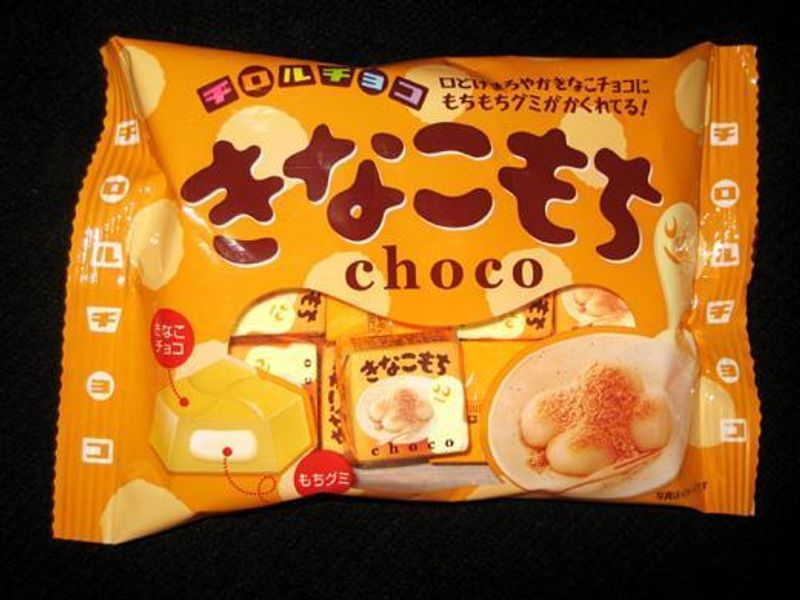
Winter is also the season for citrus fruits, so mikan and yuzu flavors frequently pop up at this time. There are so many other citrus fruits, depending on where in Japan you are. Kinkan, or kumquat, is one that's popular, like grapefruit, although they are usually grown in warmer regions. Locally grown kiwi becomes ripe during winter, and don't forget about the amazing apples northern Honshu is famous for.
If you live in Japan, what are the local seasonal flavors your area is famous for? Hopefully they're foods you like and can buy in the form of omiyage to share with family when you visit.



0 Comments